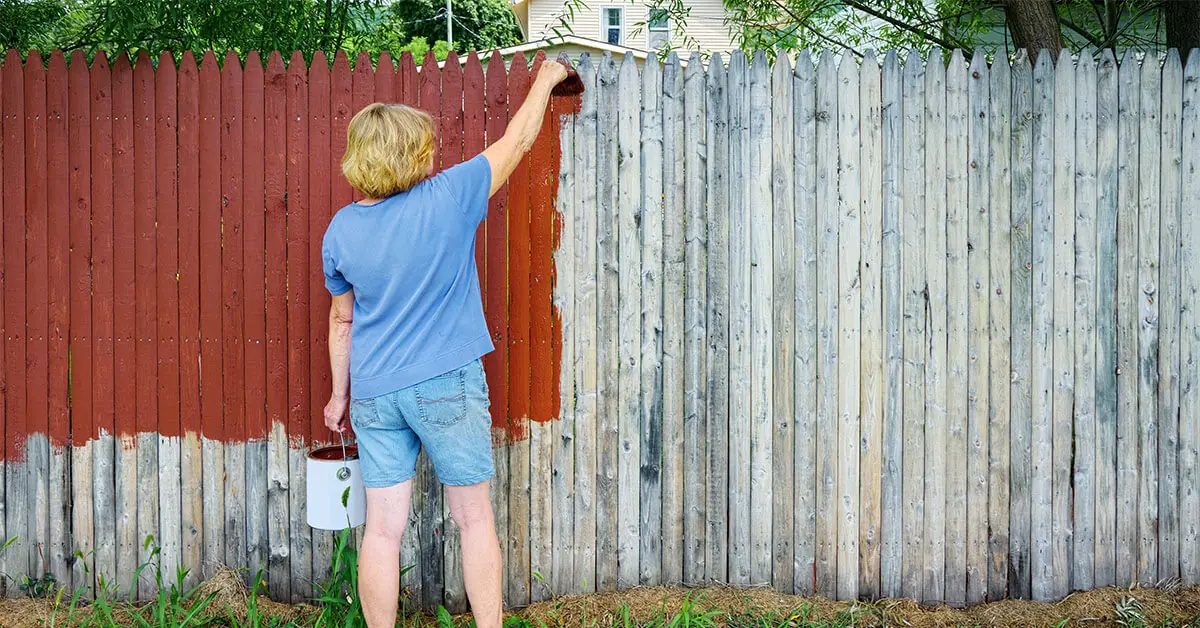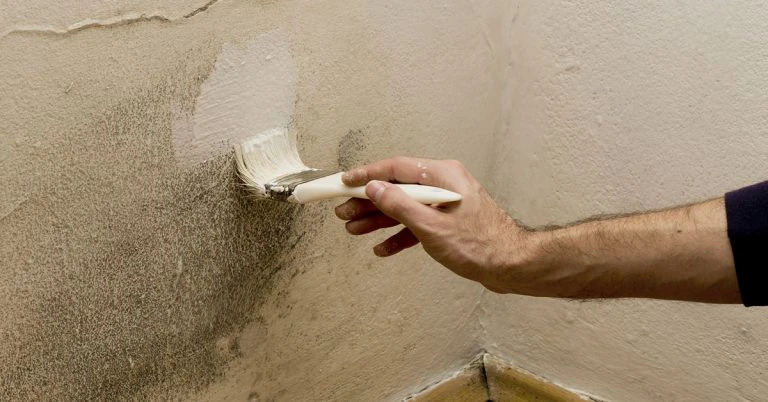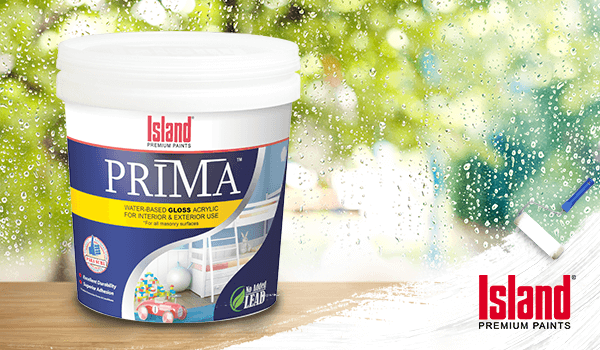Home Decorating Tips


Home Decorating Tips
Staining vs. Painting a Fence in the Rainy Season
Posted on October 12, 2021
Last updated May 21, 2025
Much like the exterior walls of your home, fences add charm and personality, thanks to a few coats of stain or paint. However, if you’re on the fence (pun intended) about giving them a makeover because of rainy weather, don’t worry!
Learn how you can stain or paint your fence despite the presence of showers here and there. Your fence will look good as new!
How Long Do You Need to Wait After It Rains to Stain a Fence?
Stains, which are available in oil-based or water-based formulas, are absorbed into the surface they are applied on. They come in three finishes: transparent (best for new wooden fences), semi-transparent (best for lightly aged or already weathered fences), and solid (best for aged, rough, and splintered wood).
Stains have a thinner consistency, dry faster, provide you with the desired finish with only a few coats, and highlight the fence’s natural color. Staining your fence may help if you’re working with a limited timeframe and you’re not keen on making major changes to the surface. You can apply them using a brush, paint rollers with a fluffy nap, or a handheld pump sprayer.
However, it’s not able to hold its own against certain environmental conditions as well as paint. As such, experts recommend re-staining fences every three years. If you’re applying (or reapplying) stains, take note of these tips to ensure a smooth application:
- Always work on a dry fence. While a water-based stain can be more forgiving even if your fence is damp, an oil-based stain is not.
- Check weather conditions. Experts usually recommend applying stains on a cloudy day either in the morning or late afternoon, in temperatures of at least 10 degrees C (50 degrees F), and without additional forecasted rains for two to three days.
- If it rains in your area, wait for 24 hours after the last rainfall and another 24 hours before more showers are expected. This may test your patience, but your effort will be rewarded since you’ll surely end up with a dry surface.
- Dip brush or roller into the stain, and move your tool from top to bottom smoothly and evenly. Review instructions stated on the stain’s packaging to know how many coats you should apply.
- Be mindful of the wood your fences may be made of. If your fences are made of wood from birch, mahogany, cherry, or maple trees, avoid using stains at all costs.
How to Paint a Fence After a Rain-Filled Day
If stains aren’t your thing, you can opt for paints, which provide more color and finish options, and are usually applied using brushes or a paint sprayer. Unlike stains, paint tends to sit on the surface you applied it on. A paint job may cost less than a stain job too (perfect for people on a budget) and retain its color through unforgiving environments.
However, paints can chip and strip off the fence at times, and need more maintenance and preparation depending on your current location and paint quality. It’s often advisable to repaint your fence every five to six years.
Before painting, pay attention to the weather conditions in your area. Paint a fence on days when there’s low-to-moderate humidity, and temperatures are at the 4 and 32 degrees C range (40 and 90 degrees F). However, if the inevitable happens and you have to deal with rain, follow this step-by-step guide:
- Let your fence dry for a couple of hours to a few days, depending on the climate in your area. If it rained heavily, wait for a day or two for the fence to be completely dry. A dry fence is ideal since paint won’t apply well on a wet surface.
- If you can, clean and scrape dirt and grime on the surface you intend to paint on.
- Follow instructions on the paint can and mix thoroughly.
- Paint your fence by stroking the brush evenly and smoothly up and down to ensure a uniform finish.
- Let the paint dry for a few hours, or as highlighted in the instructions. If needed, you can apply more coats.
Other Reminders to Keep in Mind When Working on Your Fence
Don’t forget these additional pointers. These apply whether you’re staining or painting your fence:
- Look up stain or paint varieties, and try to check how your stain or paint will appear on your fence before and after it’s exposed to the elements.
- Enlist the help of a friend, neighbor, or family member and plan your strategy to speed up the process and make it more manageable.
- Avoid staining or painting when it’s expected to rain and check weather forecasts in your area.
- Refrain from staining or painting during windy days so the product doesn’t drift to other areas.
- Wear gloves and a face mask while staining or painting, especially since you may be exposed to toxic chemicals.
- Ensure a wooden fence is slightly above grass level, trim the grass, and keep bushes, ivy, and other plants away from it. This helps prevent moisture build-up that can affect the overall appearance of your fence.
With these tips, you won’t break a sweat even if it rains after painting a fence, because you know you did a great job on it. Ready to give your fence a new coat of stain or paint? With Island Premium Paints, you can! It’s the country’s first local paint with a Product Satisfaction Guarantee, with quality you can trust. Visit the Island Premium Paints website for more home improvement decoration and inspiration, and level up your fence right away.
Sources:
https://www.fenceall.com/what-is-the-difference-between-painting-and-staining-a-fence/
https://www.fivestarpainting.com/blog/2018/april/should-i-paint-or-stain-my-fence-/
https://www.olympic.com/advice/how-to-stain-a-fence
https://www.kmgfence.com/how-to-stain-a-wood-fence/
https://www.hunker.com/13425033/how-to-paint-a-fence-after-a-rain
https://amkofencecompany.com/can-you-paint-your-fence-when-it-rains/
Our Products
Our line of high quality paints and products will give your home or project the vibrancy it needs.
Explore Colors
Ready to explore colorful possibiliies today? View our popular paint colo combination palettes for great color schemes and room design ideas for interior and exteriors.



